Smoke Tree Propagation Methods – How to Propagate A Smoke Tree
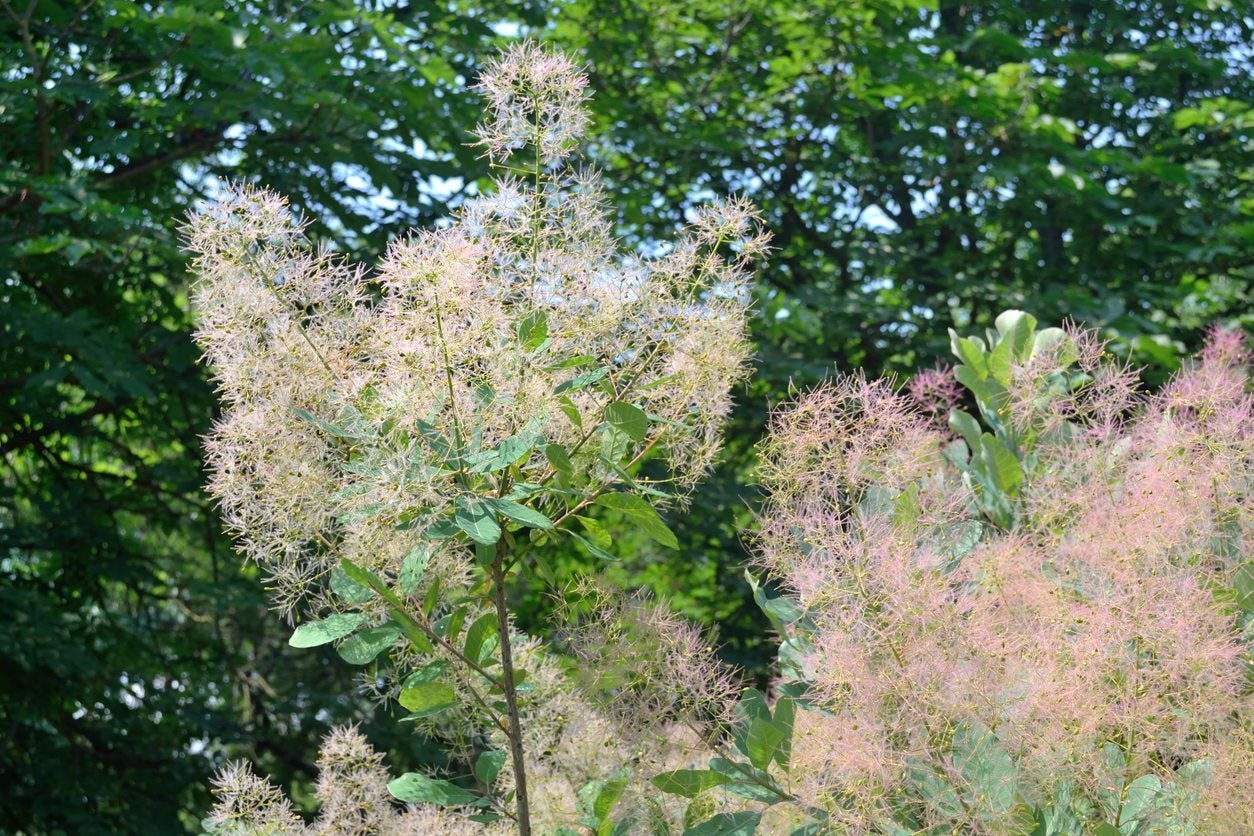

The smoke tree, or smoke bush (Cotinus obovatus), charms with its diffuse flowers that make the plant look like it is smothered in smoke. Native to the United States, the smoke tree can grow to 30 feet (9 m.) but often remains half that size. How to propagate a smoke tree? If you are interested in propagating smoke trees, read on for tips on smoke tree reproduction from seeds and cuttings.
Smoke tree Propagation
Smoke tree is an unusual and attractive ornamental. When the plant is in flower, from a distance it appears to be covered with smoke. Smoke tree is also ornamental in autumn when the leaves turn multi-colored. If you have a friend with one of these trees/shrubs, you can get one yourself by smoke tree propagation. If you are wondering how to propagate a smoke tree, you’ll find you have two different options. You can accomplish most smoke tree reproduction by planting the seeds or taking cuttings.
How to Propagate a Smoke Tree from Seed
The first way of propagating smoke tree is to harvest and plant the seeds. This type of smoke tree propagation requires that you gather the tiny smoke tree seeds. Next, you’ll need to soak them for 12 hours, change the water, then soak them for another 12 hours. After that, allow the seeds to dry in the open air. After all danger of frost is over, plant the seeds in well-drained, sandy soil in a sunny spot in the garden. Press each seed 3/8 inch (1 cm.) into the soil, a good distance apart. Irrigate gently and keep the soil moist. Be patient. Propagating a smoke tree by seed can take up to two years before you see growth.
Propagating Smoke Tree by Cuttings
You can also do smoke tree propagation by rooting semi-hardwood stem cuttings. The wood should not be the new growth. It should snap cleanly when you bend it. Take cuttings about the length of your palm during summer. Take them early in the day when the plant is full of water. Remove the lower leaves, then strip off a little bark on the bottom end of the cutting and dip the wound in root hormone. Prepare a pot with a good draining growing medium. Place stakes in the corners of your pot then cover it with a plastic bag. Keep the medium moist. When they start rooting, transfer them to a larger pot.
Gardening tips, videos, info and more delivered right to your inbox!
Sign up for the Gardening Know How newsletter today and receive a free copy of our e-book "How to Grow Delicious Tomatoes".

Teo Spengler is a master gardener and a docent at the San Francisco Botanical Garden, where she hosts public tours. She has studied horticulture and written about nature, trees, plants, and gardening for more than two decades. Her extended family includes some 30 houseplants and hundreds of outdoor plants, including 250 trees, which are her main passion. Spengler currently splits her life between San Francisco and the French Basque Country, though she was raised in Alaska, giving her experience of gardening in a range of climates.
-
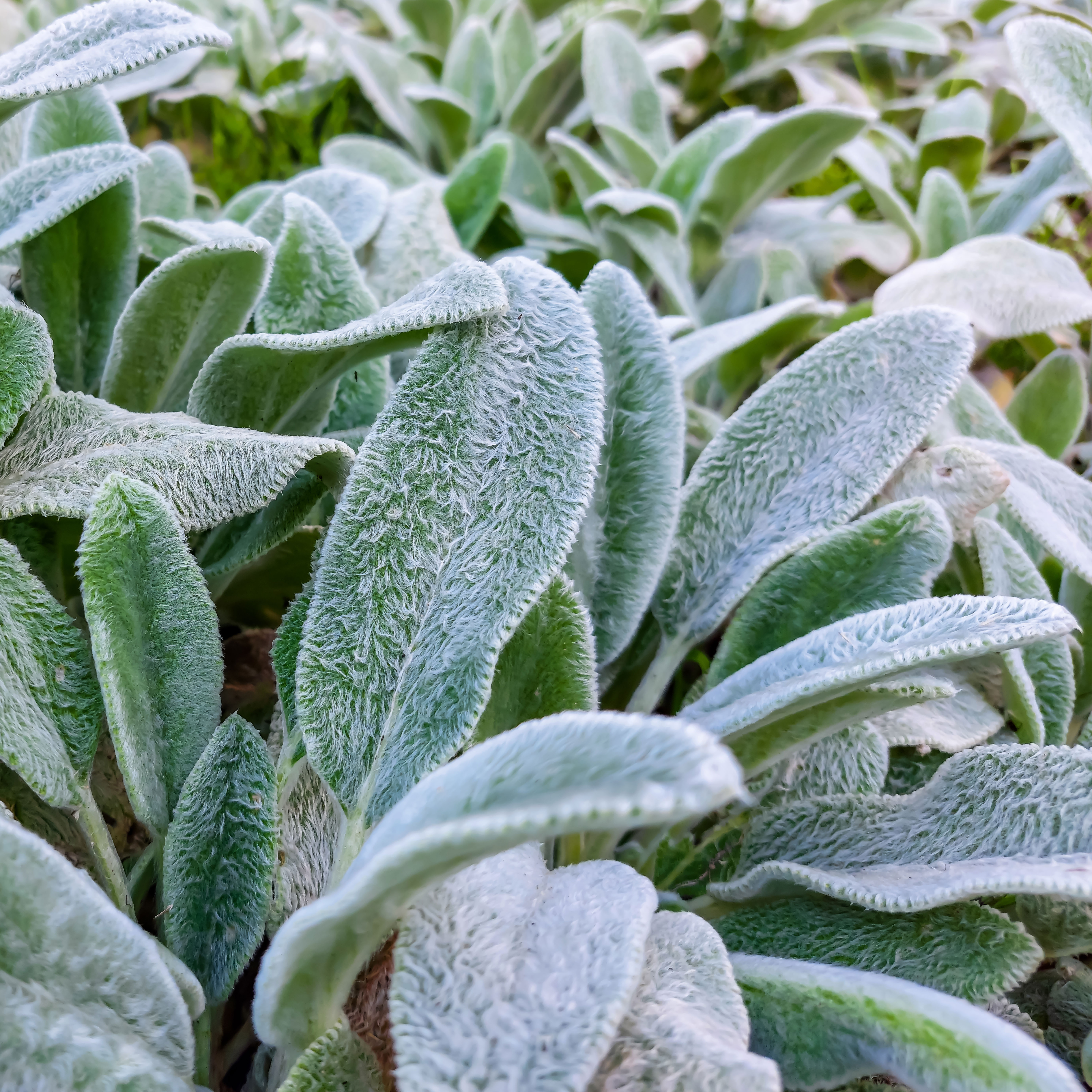 Looking For Plants To Give You The Soft And Fuzzies? Try These 5 Fuzzy Leaf Plant Options
Looking For Plants To Give You The Soft And Fuzzies? Try These 5 Fuzzy Leaf Plant OptionsLovers of texture, drama, silver foliage and tactile plants will adore these special sensory garden additions. These fuzzy leaf plant options will leave you all aglow
By Susan Albert
-
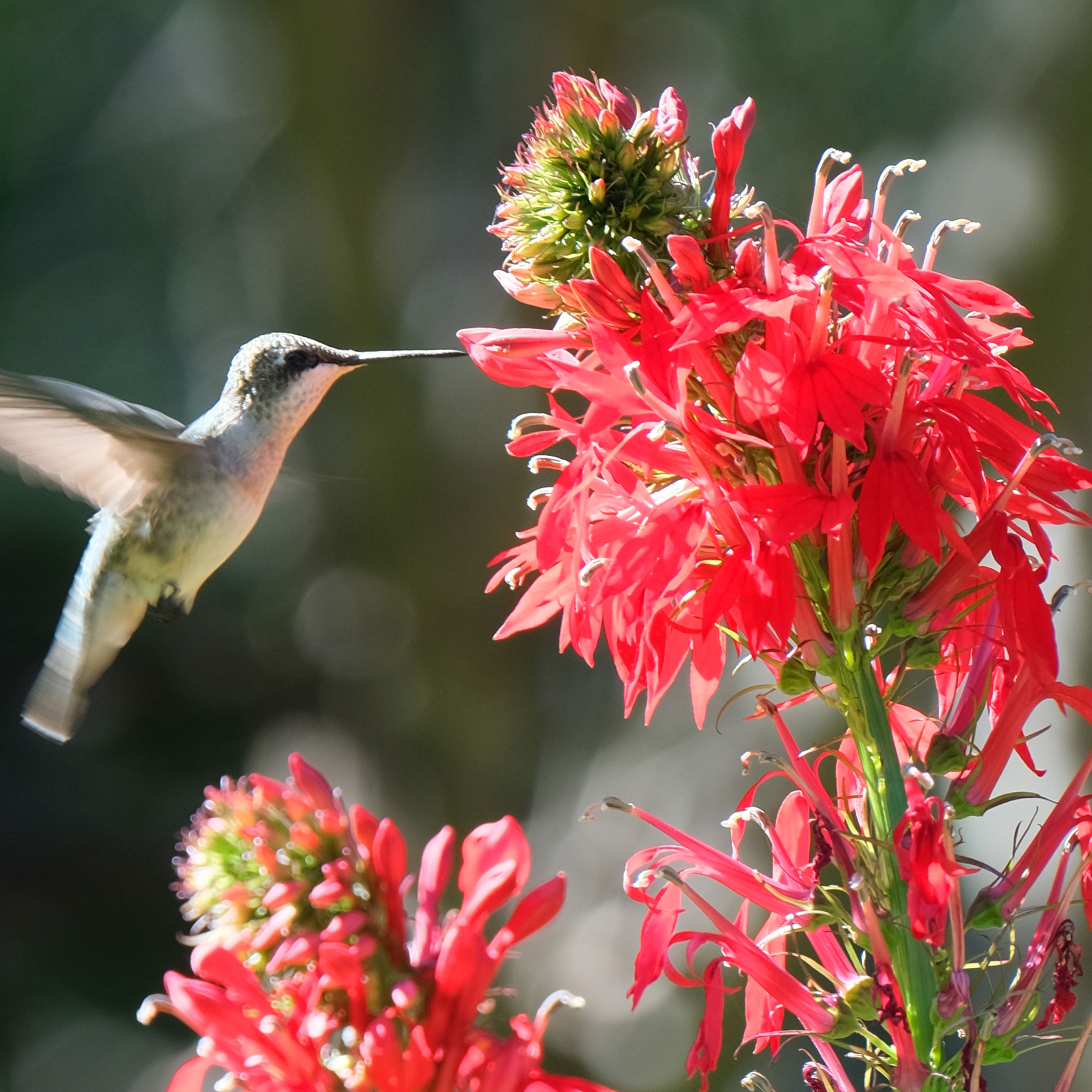 Get Ready For A Summer Of Hummers! Grow These Full Sun Hummingbird Plants and Flowers
Get Ready For A Summer Of Hummers! Grow These Full Sun Hummingbird Plants and FlowersIf you’re lucky enough to enjoy a sunny backyard, make sure you are maxing out on your pollinator opportunities and grow these full sun hummingbird plants and flowers
By Tonya Barnett
-
Smoke Tree Verticillium Wilt – Managing Smoke Trees With Verticillium Wilt
If you see your smoke tree wilting, it may be a serious fungal disease called verticillium wilt. This can kill a smoke tree, so it’s best to take precautions early. Learn how to avoid verticillium wilt in smoke trees by clicking this article.
By Teo Spengler
-
 Smoke Tree In Pots: Tips For Growing Smoke Trees In Containers
Smoke Tree In Pots: Tips For Growing Smoke Trees In ContainersCan you grow smoke tree in a container? You can grow smoke tree in a container if your climate isn?t too cold - or too hot. Read this article for more information about growing smoke tree in pots and find out if it?s possible for you.
By Mary H. Dyer
-
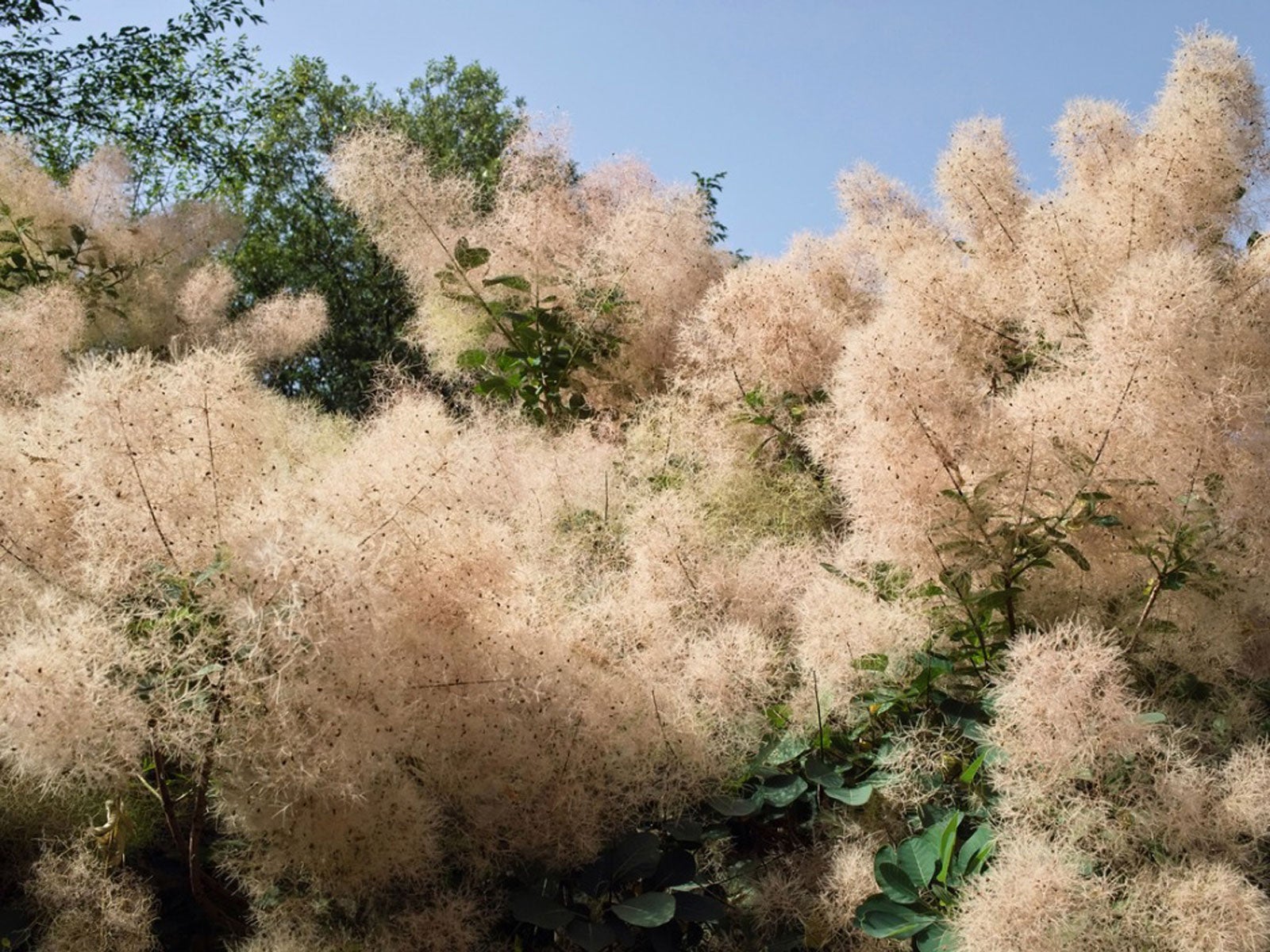 Trimming Smoke Trees - How And When To Prune A Smoke Tree
Trimming Smoke Trees - How And When To Prune A Smoke TreePuffy smoke trees tend to have a rangy, splayed growth habit. Pruning smoke trees annually will help make the plant more compact and strengthen the limbs.
By Bonnie L. Grant
-
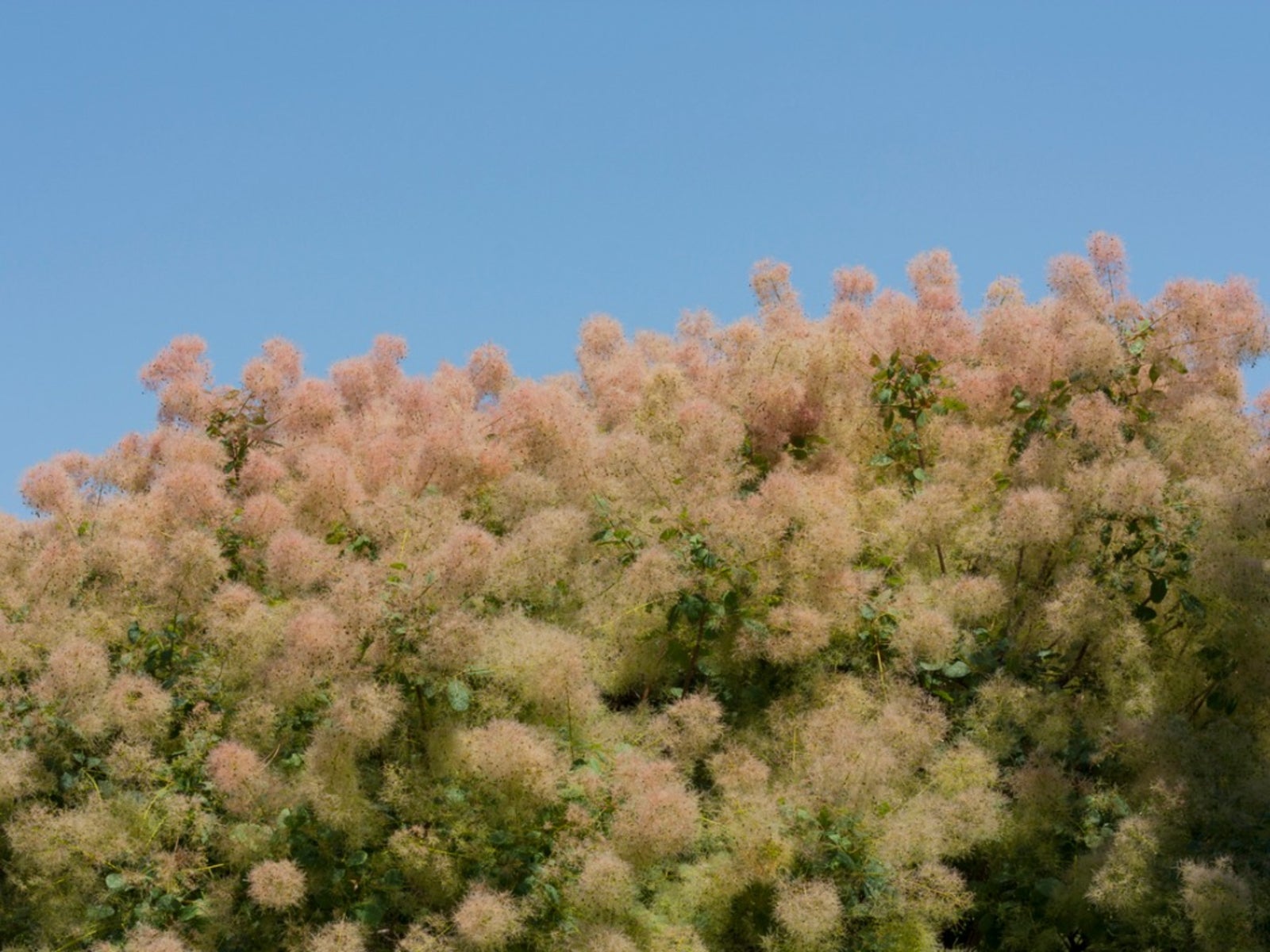 Growing And Planting Smoke Trees In The Landscape
Growing And Planting Smoke Trees In The LandscapePuffy feathery smoke trees make a lovely accent in the landscape or yard. They enjoy full sun and alkaline soil.
By Gardening Know How